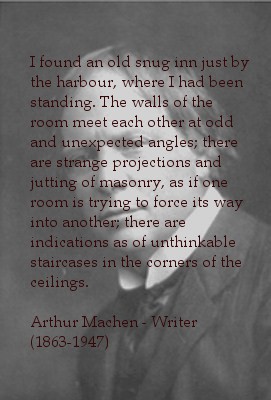When Bram Stoker’s novel Dracula first appeared in 1897 it was regarded by the Victorian reading public as just another fantastical ‘invasion’ story, similar in vein to H.G Wells’ War Of The Worlds. It wouldn’t be until the 20th century when the book began to be adapted for the screen, that the story of the Count would attain it’s legendary status and the town of Whitby would forever become inextricably linked with the demon vampire.
Although Whitby is intrinsic to the story both Hollywood and the British Hammer Horror films seemed to disregard this fact, either opting for shooting in alternative locations around the UK, (in Hammer’s case usually for budgetary reasons), or as would happen in some movies the town was simply ignored and the arrival of the Count transposed directly to London (Francis Ford Coppola’s Dracula is one such film).
In fact it wasn’t until 1977 when the BBC commissioned a three part mini series based on the novel, that the town was used for the actual scenes set in Whitby.
This BBC adaptation of the book is now considered by both critics and fans alike to be the most faithful. The film historian Stuart Gailbrath IV said that ‘Count Dracula remains one of the best-ever adaptations of Bram Stoker’s novel’ despite a ‘couple of missteps’, remarking that ’the cast is excellent’, in particular praising the performance of Frank Finlay (Van Helsing) and Louis Jordan (Count Dracula), who he calls especially good.
The critic Steve Calvert agreed that Count Dracula was ‘one of the better versions’ of Stoker’s novel, calling it ‘perhaps even the best.’ he felt that ’few actors have ever played the role of Van Helsing as convincingly’ as Frank Finlay, that ‘without doubt, Jack Shepherd is the best on-screen embodiment there as ever been of the fly munching Renfield’, and remarked of Jourdan’s performance, ‘(His) Dracula …. exudes a quieter kind of evil. A calculating, educated evil with a confidence and purpose all of it’s own.’
Some of the more memorable scenes look almost experimental in style, with a strange surrealist quality about them. Even the fact that the external scenes are all shot in film and the interiors on video only seems to add to the feeling of oddness that is suffused throughout the film.



















